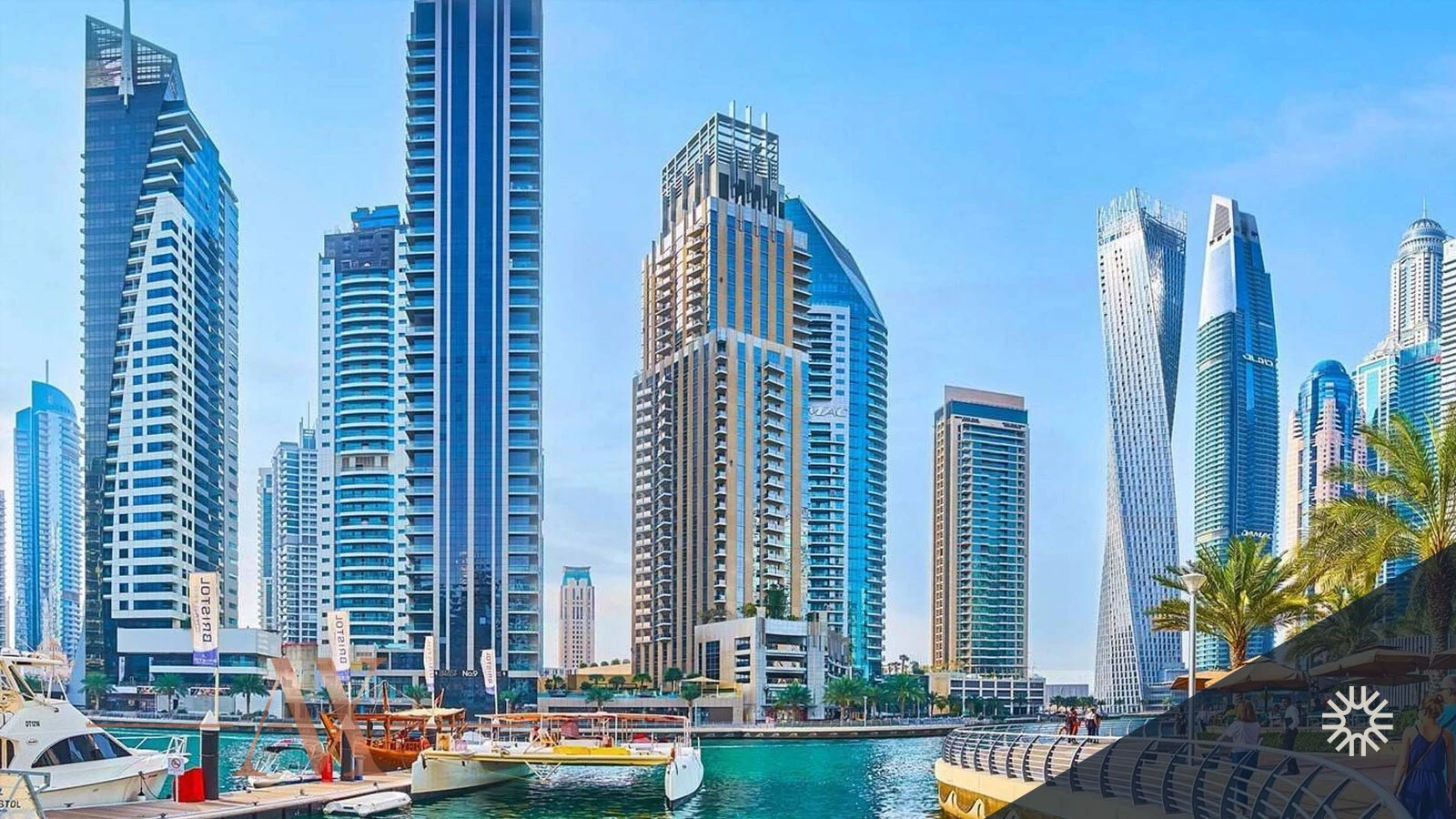Now Reading: UAE Real Estate: 7 Strategic Tax Moves Before You Sell Property
-
01
UAE Real Estate: 7 Strategic Tax Moves Before You Sell Property
UAE Real Estate: 7 Strategic Tax Moves Before You Sell Property

Table of Contents
The UAE’s real estate market in 2025 is thriving, with AED 893 billion ($243 billion) in 2024 transactions and 7-11% rental yields, attracting American investors to freehold areas like Dubai Marina, Saadiyat Island, and Al Marjan Island.
While the UAE imposes no personal capital gains tax, the 9% corporate tax (effective June 2023 under Federal Decree-Law No. 47 of 2022) and the 15% Domestic Minimum Top-up Tax (DMTT) for multinationals with revenues over €750 million (AED 3 billion) starting January 2025 impact corporate sellers. Below are seven strategic tax moves for investors, including Americans, to optimize returns and ensure compliance with Federal Tax Authority (FTA) regulations before selling UAE properties.
1. Hold Properties as an Individual to Avoid Corporate Tax

Individuals selling residential properties are exempt from corporate tax and capital gains tax, regardless of profit size. Selling a AED 2 million ($545,000) apartment in Jumeirah Village Circle (JVC) bought for AED 1.5 million yields AED 500,000 tax-free, preserving 10-15% appreciation. Ensure properties (up to four) are held personally without a business license to avoid the 9% tax on gains, requiring RERA registration but no FTA filings.
2. Use Free Zone Entities for Tax-Free Gains
Corporate sellers can establish a Special Purpose Vehicle (SPV) as a Qualifying Free Zone Person (QFZP) in zones like Dubai Multi Commodities Centre (DMCC) or Ras Al Khaimah Economic Zone (RAKEZ) to enjoy a 0% corporate tax rate on gains from free zone properties. An SPV selling an Al Marjan Island property for AED 5 million ($1.36 million) with AED 1 million profit avoids AED 90,000 in tax. Compliance with Decision 265 (local substance, e.g., staff) and transfer pricing for mainland dealings is essential.
3. Leverage Small Business Relief for Smaller Firms
Corporate entities with taxable income below AED 3 million ($816,000) annually qualify for Small Business Relief, offering a 0% corporate tax rate until December 2026. A small firm selling an Ajman Corniche property for AED 2 million, with AED 500,000 profit, saves AED 45,000 in tax. This suits smaller portfolios, requiring accurate FTA filings and excluding multinationals or QFZPs, supporting 7-9% net returns.
4. Deduct Eligible Expenses to Reduce Taxable Gains

Corporate sellers can deduct expenses like acquisition costs, improvements, and broker fees from taxable gains. A company selling a AED 3 million ($816,000) Saadiyat Island villa, with AED 500,000 in deductible costs (e.g., renovations), reduces taxable income to AED 2.125 million (after AED 375,000 exemption), saving AED 45,000 in 9% tax. Seven-year record retention is mandatory for FTA audits, enhancing 6-8% yields.
5. Structure Sales Through Tax-Exempt REITs
Real Estate Investment Trusts (REITs) are exempt from corporate tax on gains if they distribute 80% of income and maintain diverse ownership, per Cabinet Decision No. 34 of 2025. A REIT selling AED 10 million ($2.72 million) in Dubai South properties avoids AED 900,000 in tax, delivering 7-8% tax-free returns. This suits U.S. investors seeking diversified exposure, with delayed tax registration until dividends are paid, boosting liquidity.
6. Plan Zakat for Muslim Investors
Muslim American investors selling properties held for trade must pay Zakat (2.5% on market value above Nisab, ~AED 25,000/$6,800) annually or at sale. A company selling a AED 4 million ($1.09 million) Yas Island property for trade owes AED 100,000 in Zakat. Shifting intent to long-term investment before sale exempts the property value, taxing only prior rental income, minimizing liability. Islamic scholar guidance ensures compliance, aligning with 7-9% yields.
7. Utilize U.S.-UAE Double Taxation Agreement
The U.S.-UAE double taxation agreement (DTA) allows credits for UAE taxes paid, reducing U.S. tax liability on repatriated gains. A U.S.-based company selling a AED 5 million ($1.36 million) Al Reem Island property, paying AED 90,000 in UAE corporate tax, offsets U.S. taxes (21% corporate rate). Individual sellers face U.S. capital gains tax (up to 20%), but the DTA mitigates double taxation, supporting 10-15% appreciation potential.
Why These Moves Appeal to American Investors
These strategies maximize UAE’s 7-11% yields, outpacing global markets like New York (4.2%). Freehold ownership, no personal income tax, and visa programs (2-year Investor Visa for AED 750,000, Golden Visa for AED 2 million) drive demand, with 45% of Dubai’s 2025 buyers being foreign. Proximity to Dubai International Airport (20-45 minutes) adds value. Strategic tax planning minimizes corporate tax and U.S. tax impacts, ensuring high returns.
Market Outlook and Challenges
The UAE projects 5-8% price growth in 2025, with freehold zones like Al Marjan Island and Saadiyat Island at 10-15%. The DMTT’s 15% rate for MNEs and stricter AML compliance increase costs. A potential 10-15% correction in 2026 due to oversupply (41,000 Dubai units) requires caution. RERA-registered agents and FTA-accredited consultants ensure compliance with nine-month filing deadlines, avoiding penalties up to AED 10,000.
Conclusion
Holding properties individually, using free zone SPVs, leveraging small business relief, deducting expenses, structuring through REITs, planning Zakat, and utilizing the U.S.-UAE DTA are seven strategic tax moves for selling UAE property in 2025. These approaches minimize tax burdens, maximize 7-11% ROI, and align with American investor goals in a dynamic, tax-free market. Expert guidance ensures compliance and long-term wealth creation in Dubai, Abu Dhabi, and beyond. Real Estate
read more: UAE Tax Law: Treatment of Intra-Family Property Transfers in 2025





















